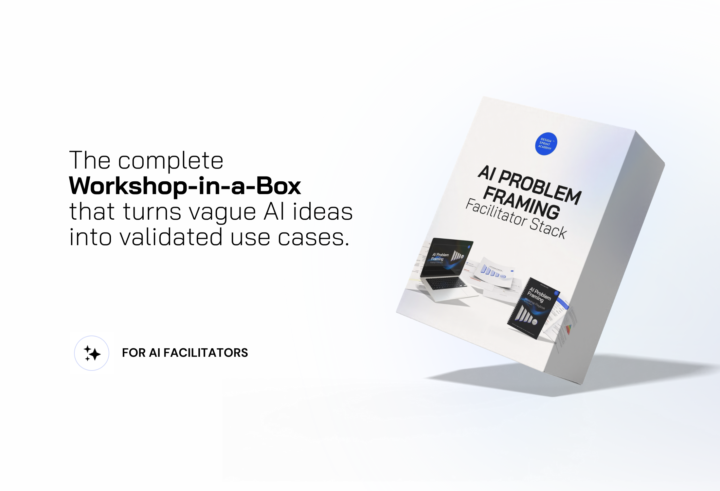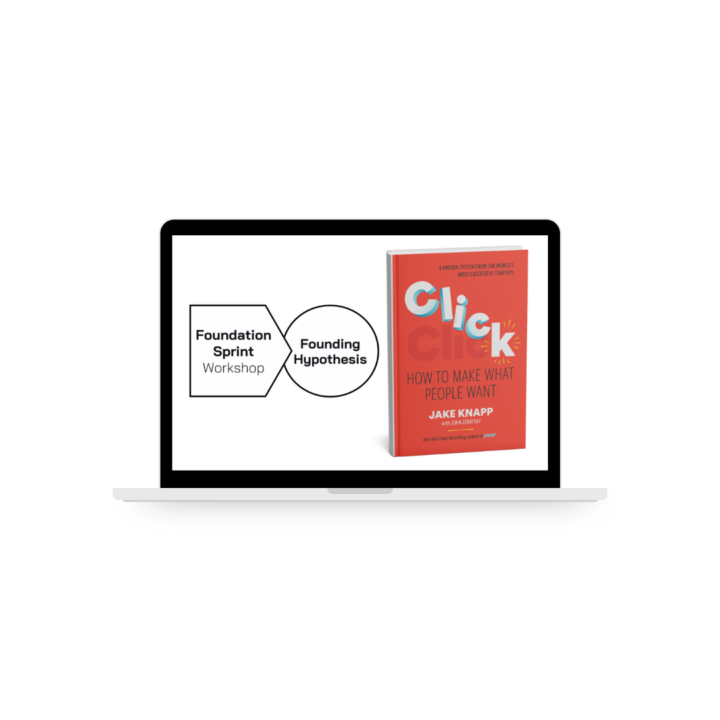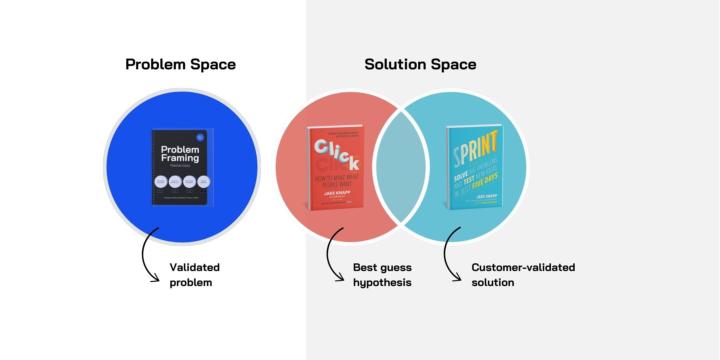
Write something
🤫 Soft Launch: Opening the vault for you guys first - AI Problem Framing KIT
I’m dropping this here before we blast it on social media because I want this community to see it first. We're launching the AI Problem Framing Facilitator Stack. It’s a complete kit to help you run the exact 1-day scoping workshops we run for our corporate clients. It is not a course, just the tools to get teams to clear, fundable AI use cases. What’s inside: - ✅ 150+ Slides (Editable) - ✅ Minute-by-minute Agenda - ✅ The Playbook & Scripts Grab it here: https://www.designsprint.academy/product/ai-problem-framing-facilitator-stack
2
0

👋 Last chance: Our Black Friday 80% OFF ends tonight.
If you want to master the art of aligning stakeholders and framing problems, this is the time to jump in. We’ve dropped the price of our full course from €1,499 to €299—but only for a few more hours. Get the full facilitation system here: 👉https://problem-framing.com
0
0

🆕 New workshop 📣 Align senior stakeholders on the next MVO
We just published a new article about a tool we’ve been using more and more at Design Sprint Academy — especially before running a sprint. It’s called the 4U Workshop. Its result: the MVO — Minimum Viable Opportunity. In just 2 hours, it helps senior stakeholders compare and score real challenges using four lenses: 🔸 Unworkable 🔸 Unavoidable 🔸 Urgent 🔸 Underserved The outcome is focus. A shared decision on what’s most worth solving next — before the team jumps into solutions. If you’re facilitating sprints or guiding strategy, this is one of the fastest ways to reduce risk and align fast. 📩 Read the article: https://www.designsprint.academy/blog/what-is-the-mvo-minimum-viable-opportunity 📦 Or get the full 4U Workshop Kit + AI co-pilot to run this tomorrow.

📣 New Template 🌟 Foundation Sprint Workshop based on "CLICK"
As we've been reading the book "Click" by Jake Knapp and John Zeratsky, we decided to take it a step further—turning the insights into a practical Miro board and workshop recipe. If you haven’t read the book yet, no worries! This workshop gives you a clear, hands-on understanding of how to guide a team through 2 focused days of aligning on the right problem, identifying differentiators, and moving confidently towards a founding hypothesis. Check it out and let me know what you think—I’d love to hear your thoughts! https://www.designsprint.academy/free-templates/the-foundation-sprint-workshop-template

Problem Framing vs. Foundation Sprint vs. Design Sprint - When to use each and why?
Once the Foundation Sprint launched, we had many questions about how it differed from the methods we already used, like Problem Framing and Design Sprints. So, I wrote a detailed article on this topic: 👉 Read article

1-24 of 24

skool.com/design-sprint-masters
A place for facilitators to share tips and experiences on design sprints, problem-framing, and design thinking workshops.
Powered by


